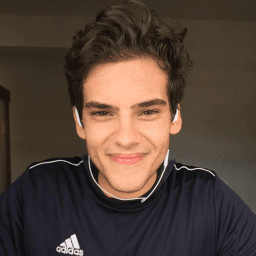Top 27 Design Engineer Interview Questions and Answers [Updated 2025]

Andre Mendes
•
March 30, 2025
Navigating the competitive field of design engineering requires not only technical prowess but also the ability to articulate your skills during interviews. In this post, we unveil the most common interview questions for the Design Engineer role, complete with example answers and strategic tips to help you respond effectively. Whether you're a seasoned professional or a fresh graduate, these insights are designed to elevate your interview performance.
Get Design Engineer Interview Questions PDF
Get instant access to all these Design Engineer interview questions and expert answers in a convenient PDF format. Perfect for offline study and interview preparation.
Enter your email below to receive the PDF instantly: